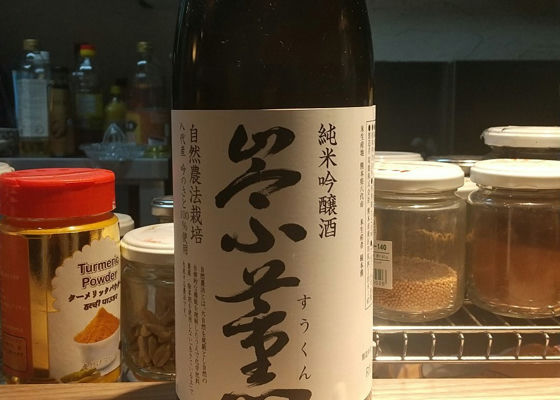
SakenowaRecord your sake experiences and discover your favorites
崇薫Sukun
Flavor Chart®
A chart created from flavor analysis of user comments.

Flavor Tags ®
Tags generated from flavor analysis of user comments.
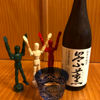
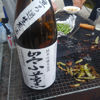
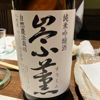
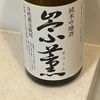
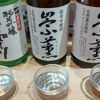
Popular Comments
At home. Kumamoto sake, Sung Kaoru, purchased on an expedition to Fukuoka. The Sansho I was looking for was sold out, and I managed to find this Kumamoto sake. It has a smooth, refreshing taste with a slight bitterness at the end. It was a dangerous one that was easy to drink.
After a long time, I took a walk around Motomachi area in Kobe by bicycle, bought some gyoza (Chinese dumplings), and went home. Since it was Saturday afternoon, Sannomiya and Motomachi were quite crowded, and the city seemed to have regained its vitality.
Japanese>English
Similar Brands
We analyze the flavors based on everyone's comments and select similar brands.
Timeline

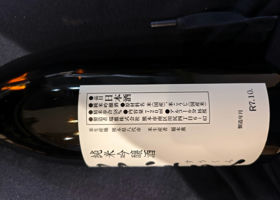
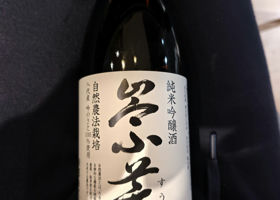
ゆうとー
Junmai Ginjo-shu
Rice: Yatsushiro Gin-no-sato
Japanese>English
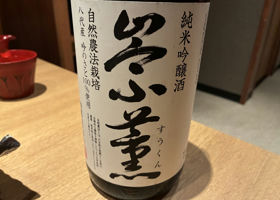

メキシコテキーラ
The second cup is also Kumamoto. This one is soft and watery.
Japanese>English
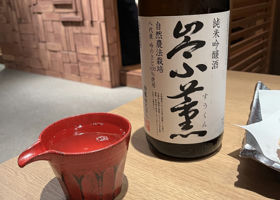
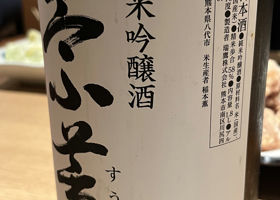

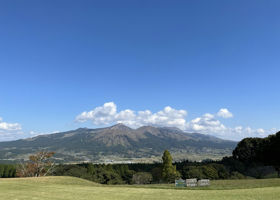
しんしんSY
This meeting is a semi-annual fun party
🍶⛳️
This Kumamoto sake was previously served in Fukuoka!
The taste is indescribably delicious just like that time!
I feel the depth of Kumamoto sake!
First morning flight from Haneda to Kumamoto
Mowing in Minamiaso!
It was a fun mowing in such a beautiful weather at this time of the year 😃.
Bessan, our order-taker, is still on his phone trying to figure out which one to order...
Skandhavn
Ingredients: Rice (domestic), Rice Koji (domestic)
Ingredient rice: Gin-no-sato
Alcohol content 16%.
Rice polishing ratio 58
Sake degree +5
Japanese>English
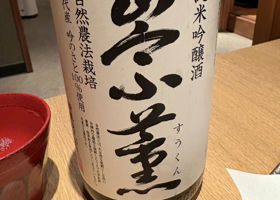
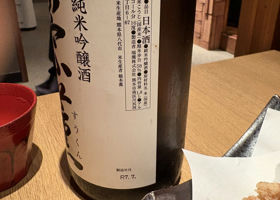
べっさん
Second cup. Let's start with Kumamoto sake. I don't know much about Kumamoto sake except for its origin, but I drank a Zuitaka a while ago, so this is from the same brewery. This is the first time I have had it. It is sweet and tasty.
Japanese>English
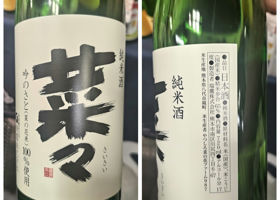
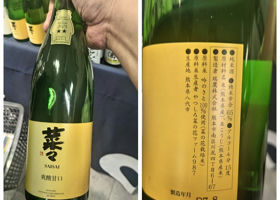
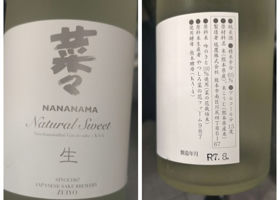
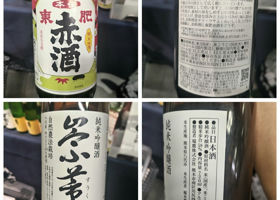
ねむち
The 8th Osaka Takashimaya Sake Festival 8
Zuitaka's booth.
The brewery was founded in the year of the Taiseihokan.
The brewer spoke very quickly and reasonably.
◉Nana Junmai Sake
The rice used for this sake is Gin-no-sato. Standard dry taste. It has a clear acidity and a nice umami flavor that finishes with a crisp finish. The sake has a slight sweetness to it, but you can also taste the umami and sweetness of the rice.
◉Na-na-na-na: Sour and sweet
Slightly sweet and light on the palate. It has a slightly minerally feel to it. It is a sake that is easy to drink, even for those who do not drink sake. It has the same rice and rice polishing ratio as Nana's Junmai-shu, but it is made in a different way.
Nanama ◉Nana Nama
This sake is made with the same rice as the other Nana sake and the same rice polishing ratio. The color is a bit yellowish. The color is a bit yellowish and the rice is fresh and fruity. It also has a slightly bitter taste.
◉Honden Tohi Aka-shu
The taste is quite sweet and mildly bitter. It is similar to Shaoxing sake and is made to be drunk. It is used in the same way as mirin, but akashu is slightly alkaline. The basic recipe is sake, with wood ash added along the way to make it last longer, and a Maillard reaction causes it to turn red.
◉Sakaoru Kaoru
Gin-no-sato. A beautifully clear, dry sake. It has a guttural rice flavor, and is standard and crisp.
The name "Nana" comes from the cultivation of nanohana (rape blossoms) and "Takanoru" from naturally grown rice, named after the producer's name, Kaoru Inamoto.
Japanese>English
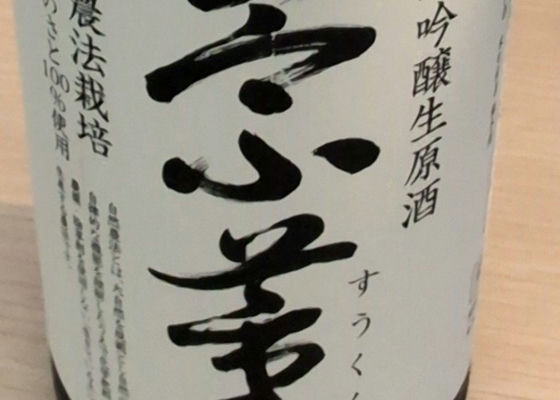
こーらさわー
It was a sake that had a great deal of umami sweetness!
It was my first time to try Gin no Sato!
It was delicious!
Japanese>English
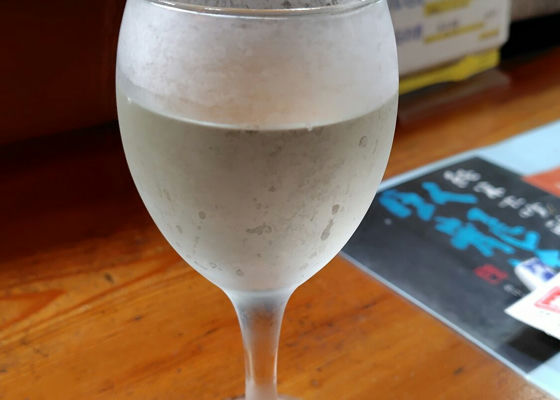
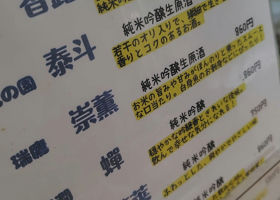
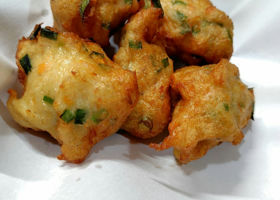
ぎゃばん
☆☆☆☆☆
The second cup is Chong Kaoru.
It has a slightly aged aroma and taste, and the sweetness of the rice spreads softly and for a long time.
And yet it's surprisingly refreshing and tasty!
Japanese>English
Sukun純米吟醸生原酒 吟のさと 無濾過生原酒
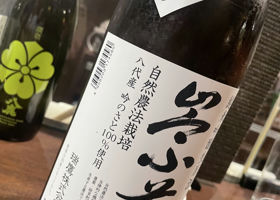
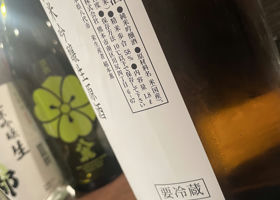
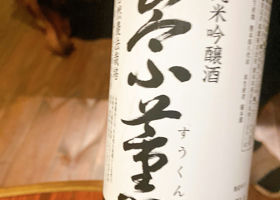

もはると
Quite a habit. But good if you get into it.
Japanese>English

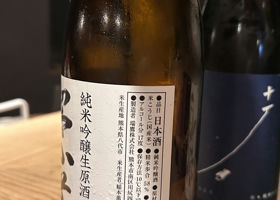

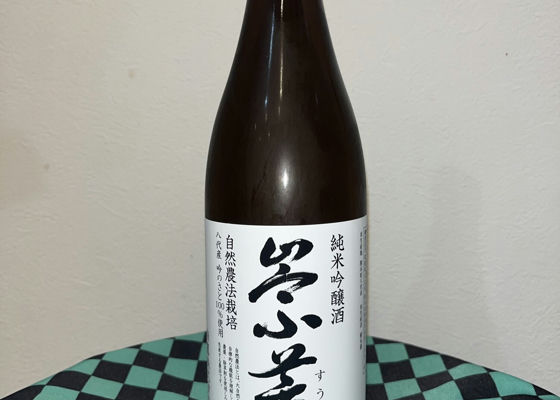
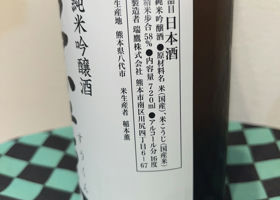

あんかけ
Here is today's sake!
I saw this sake at a local Kumamoto product exhibition!
I love product fairs because you can find rare sake that you can't buy around here 🤗.
The sake rice is Gin no Sato, so I'm looking forward to it 😊.
When I open the bottle, it has a sweet fruity aroma, and I feel like it has a more moist sweetness that is different from Yamada-Nishiki ✨It's a matter of taste, I guess!
The sweetness is also gradually spreading in the mouth 😆 but it's not too sweet, it blends with a good acidity and goes down smoothly ✨This is delicious 😋It can be said that the lingering taste is also moderate and makes you want the next cup.
I feel so happy to be able to discover delicious sake like this 😊I hope you all have a wonderful evening with great sake ✨🍶✨.
Japanese>English
a2c
Received from Kumamoto Branch
Japanese>English
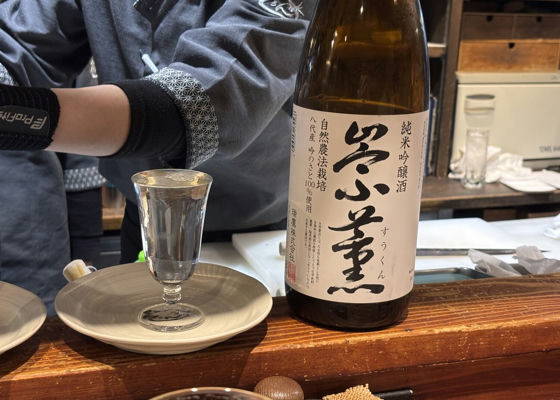
Nyankozake
I did not know this! Outstanding classy sake. Definitely recommended.
Japanese>English
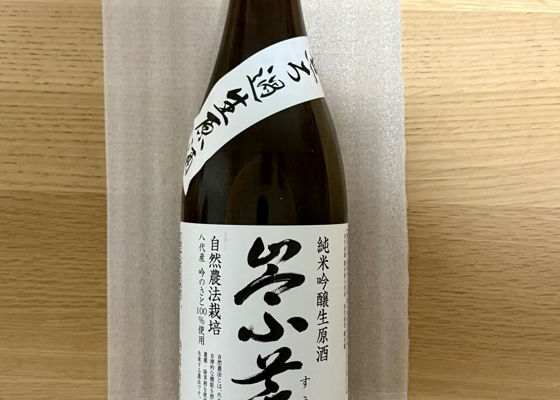
Sukun純米吟醸 生原酒
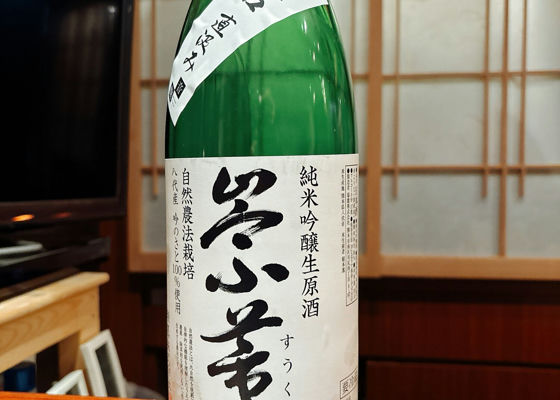
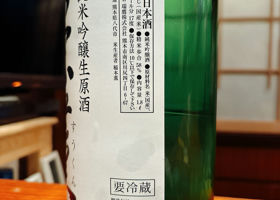
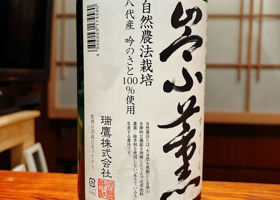
Sukun純米吟醸生原酒